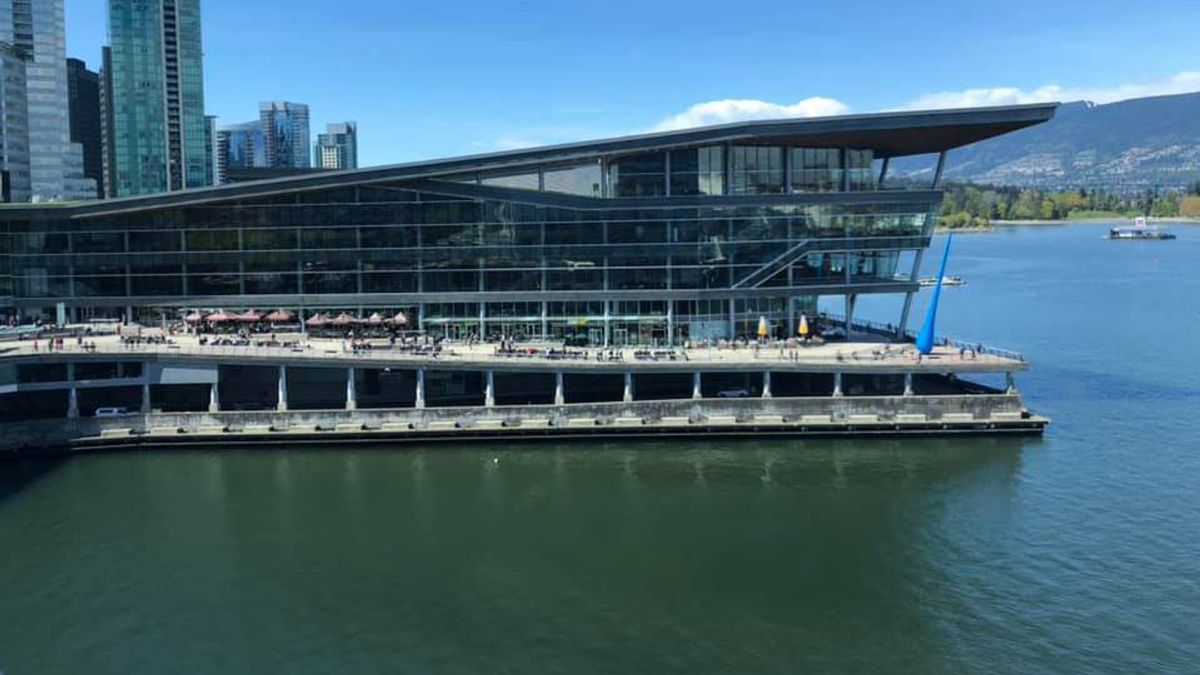Science
ARVO 2019 Part 2 – Medication Updates

In this article:
Welcome to Part 2 of the ARVO 2019 Research Roundup! For article abstracts and more info, please click on the headings. You'll find links to Part 1 and Part 3 of the ARVO latest at the end of this blog.
1 - Atropine and the LAMP Study
In the much anticipated Low-concentration atropine for myopia progression (LAMP) study Phase 2: 0.05% atropine remained the best concentration among 0.05%, 0.025%, and 0.01% atropine over 2 years. At one year, the LAMP study showed a dose dependent response, where axial length efficacy was about 50% in 0.05% and a lowly 12% in 0.01%. You can read my summary of the LAMP one year results in this Myopia Profile blog.
After one year, lead author Jason Yam said that the placebo group was changed to 0.05% for ethical reasons - with clear proof of efficacy, it wasn't ethical to continue a group with no treatment. This is unfortunate for the study, but better for those children! At two years, the 0.05% group had progressed -0.55 +/- 0.84D, with twice the progression in the 0.01% group of -1.11 +/- 0.86D. The group who were on placebo for the first year then 0.05% for the second year progressed a total of -0.99D.
The take home messages? Over two years, 0.05% appears to have twice the efficacy of 0.01%, and 1 year of 0.05% has similar efficacy to two years of 0.01%. More detail on outcomes with 0.025% and how it compared to the others is in a table in the abstract for you to view. Interestingly, in the 0.01% group, 21% progressed by less than 0.50D / 2 yrs (54% for 0.05%) and 20% progressed by more than 2D / 2 yrs (8% for 0.05%). Great results which confirm that we probably need to reconsider 0.01% as monotherapy, and that we still have lots more to learn about duration, dosage schedule and combo treatment with atropine.
2 - Side effects of Atropine
Trần Đình Minh Huy (with me, below) and colleagues in Vietnam and Sydney evaluated the side effects of 0.01, 0.02 and 0.03% atropine in myopic children over a two week trial. Using a criteria of acceptable side effects being less than 2mm pupil dilation and more than 5D residual amplitude of accommodation, they concluded that 0.02% was the highest dosage at which side effects may be tolerable.
Both 0.02 and 0.03% halved the amps, from around 19.5D to 9.3D. I talked to Huy about whether this is enough for children aged 6-12 years. He explained that near acuity in these kids was between 20/25 and 20/30. In practice, we'd probably look at an add for these kids, after evaluating more measures of accommodative function such as lag and facility to further test the influence of this reduction.
Since these two dosages affected accommodation similarly, why was 0.02% determined to be better tolerated? This came down to pupil size. With 0.03%, the photopic-treated pupil size was bigger than the mesopic-untreated, leading to the conclusion that glare sensitivity would be more likely than in lower dosages where the photopic-to-mesopic pupil size difference was maintained.
The mystery of which atropine dosage is best continues! Dosing schedule, rebound effects, mono- or adjunct therapy? The main clinical message here, I believe, is to consider the side effects, measuring near point acuity and function.
3 - Combining Orthokeratology and Atropine: does it improve outcomes?
Combined atropine with orthokeratology in childhood myopia control (AOK) - six month results. This Hong Kong collaborative ophthalmology and optometry study is the first robust study of combined treatment, as previous papers have been only indicative or incomplete. In the first phase, this randomized controlled trial has shown 0.02 +/- 0.11 mm axial length growth in atropine 0.01% plus OK wear, and 0.06 +/- 0.09 mm growth in OK alone wearing concurrent groups. There's not a control group so we can't put a % difference to this, but it does appear that there is an additive effect. We'll all eagerly await the 12 month results to see if this effect continues!
Meet the Authors:
About Kate Gifford
Dr Kate Gifford is an internationally renowned clinician-scientist optometrist and peer educator, and a Visiting Research Fellow at Queensland University of Technology, Brisbane, Australia. She holds a PhD in contact lens optics in myopia, four professional fellowships, over 100 peer reviewed and professional publications, and has presented more than 200 conference lectures. Kate is the Chair of the Clinical Management Guidelines Committee of the International Myopia Institute. In 2016 Kate co-founded Myopia Profile with Dr Paul Gifford; the world-leading educational platform on childhood myopia management. After 13 years of clinical practice ownership, Kate now works full time on Myopia Profile.
Enormous thanks to our visionary sponsors
Myopia Profile’s growth into a world leading platform has been made possible through the support of our visionary sponsors, who share our mission to improve children’s vision care worldwide. Click on their logos to learn about how these companies are innovating and developing resources with us to support you in managing your patients with myopia.











